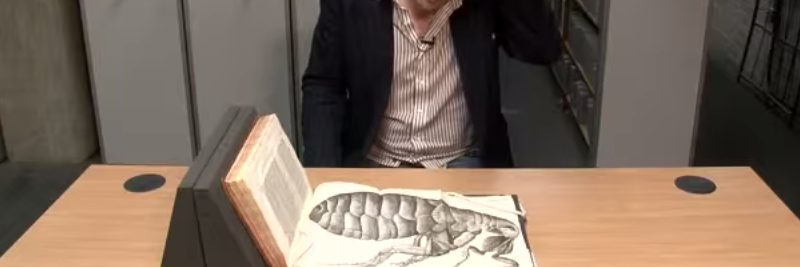Although Robert Hooke is often given credit for the invention of the microscope, this isn’t an entirely accurate claim. Work with magnification dates back to Roman times and by the 13th century, eyeglasses were being regularly made to correct eyesight. Two Dutch eyeglass makers, Zacharias Jansen and his father, are in fact, more likely to have invented what we would consider a compound microscope today in the late 16th century. After placing one lens in front of another, they discovered that the magnification of the lens was greater than if just one lens was used.
What About the Traditional Modern Microscope?
When it comes to using a practical microscope, Robert Hooke doesn’t get credit for this invention either. That credit goes to a man named Anton van Leeuwenhoek, who worked full time as a draper and part time as a scientist. He is often considered the first man to make a real microscope and then use it to make scientific observations.
There were many others who were working on compound microscopes at the time, but what van Leeuwenhoek was able to do was create a superior level of magnification, up to 270 times. This allowed him to be able to view items that were one millionth of a meter in size, which was four times better than any other microscope being used at the time. This allowed him to be the first man to see bacteria and describe them, yeast, and even the life that’s in a single drop of water. It really must have been an exciting, incredible time.
So What Did Robert Hooke Actually Do?
Robert Hooke is the first man to publish a scientific journal of microscopic studies. Not only was he able to verify van Leewenhoek’s work, but he was able to create detailed studies that helped to further the world of biological science. This work is called Micrographia and it is notable for the amazing illustrations that have been included with the work, all of them drawn by Hooke himself.
What Hooke did was look at lots of different objects through the eye of the microscope. The work is most notable, however, for his observations of fleas and cork. Hooke was able to see the small hairs that are on the body of a flea and he saw the tiny pores that are within a piece of cork. Hooke called these little pores “cells,” a term that we still use today in the world of biological science.
Although Robert Hooke did not invent the microscope, his work did change the face of science during his time. Many of his observations are still used today as an educational resource and his accounts of what he saw will continue to live on – as they should. Hooke documented the microscopic world for us for the very first time and that is ultimately what his primary invention happens to be.
Strong proponent of individual liberty and free speech. My goal is to present information that expands our awareness of crucial issues and exposes the manufactured illusion of freedom that we are sold in America. Question everything because nothing is what it seems.




















